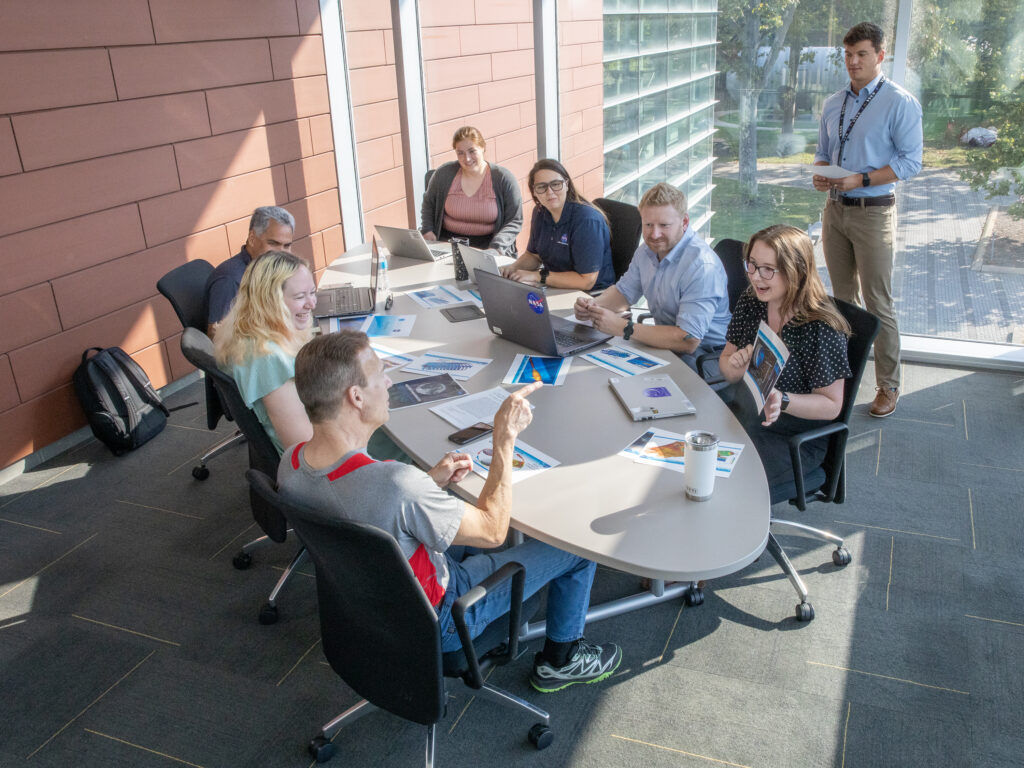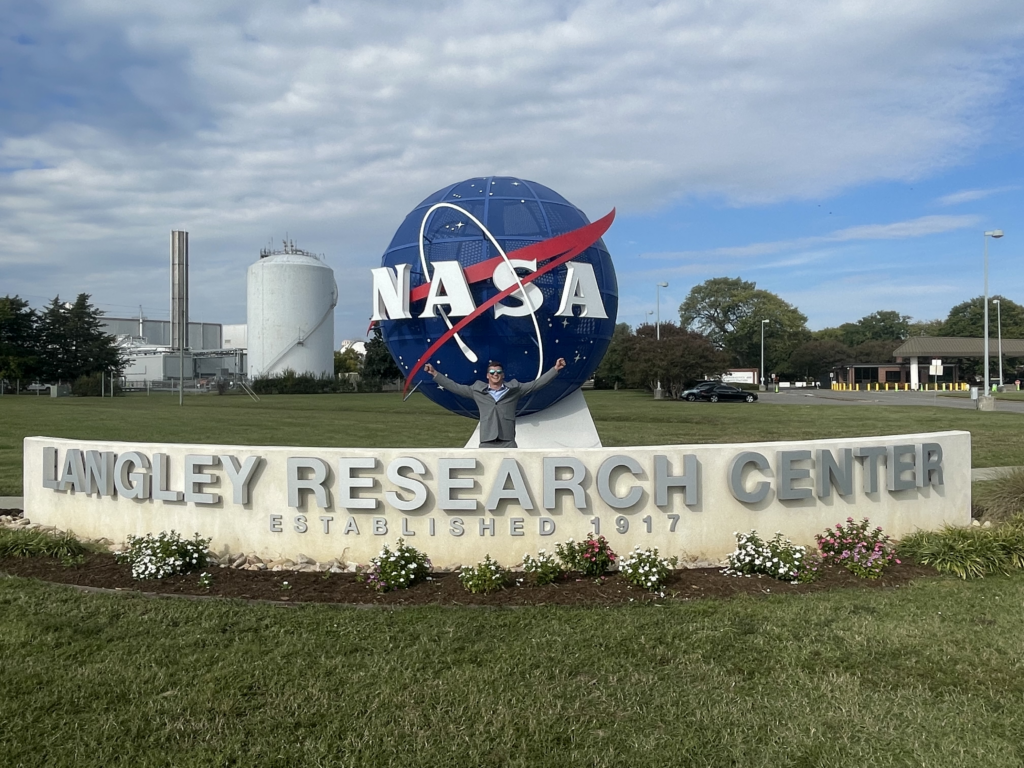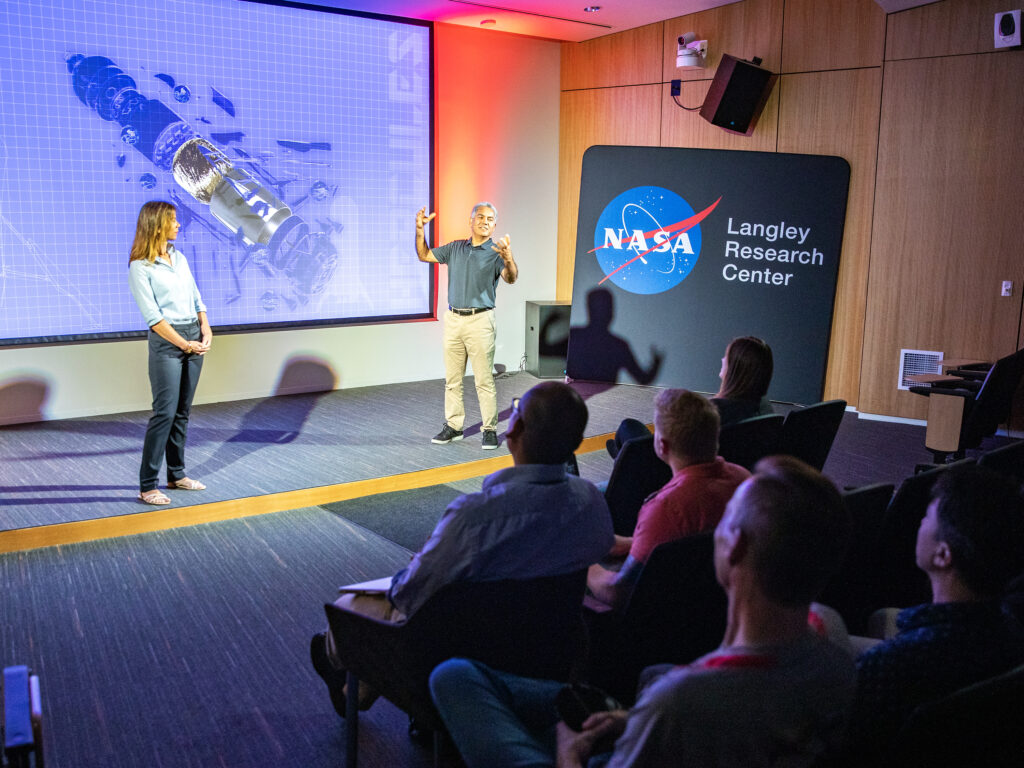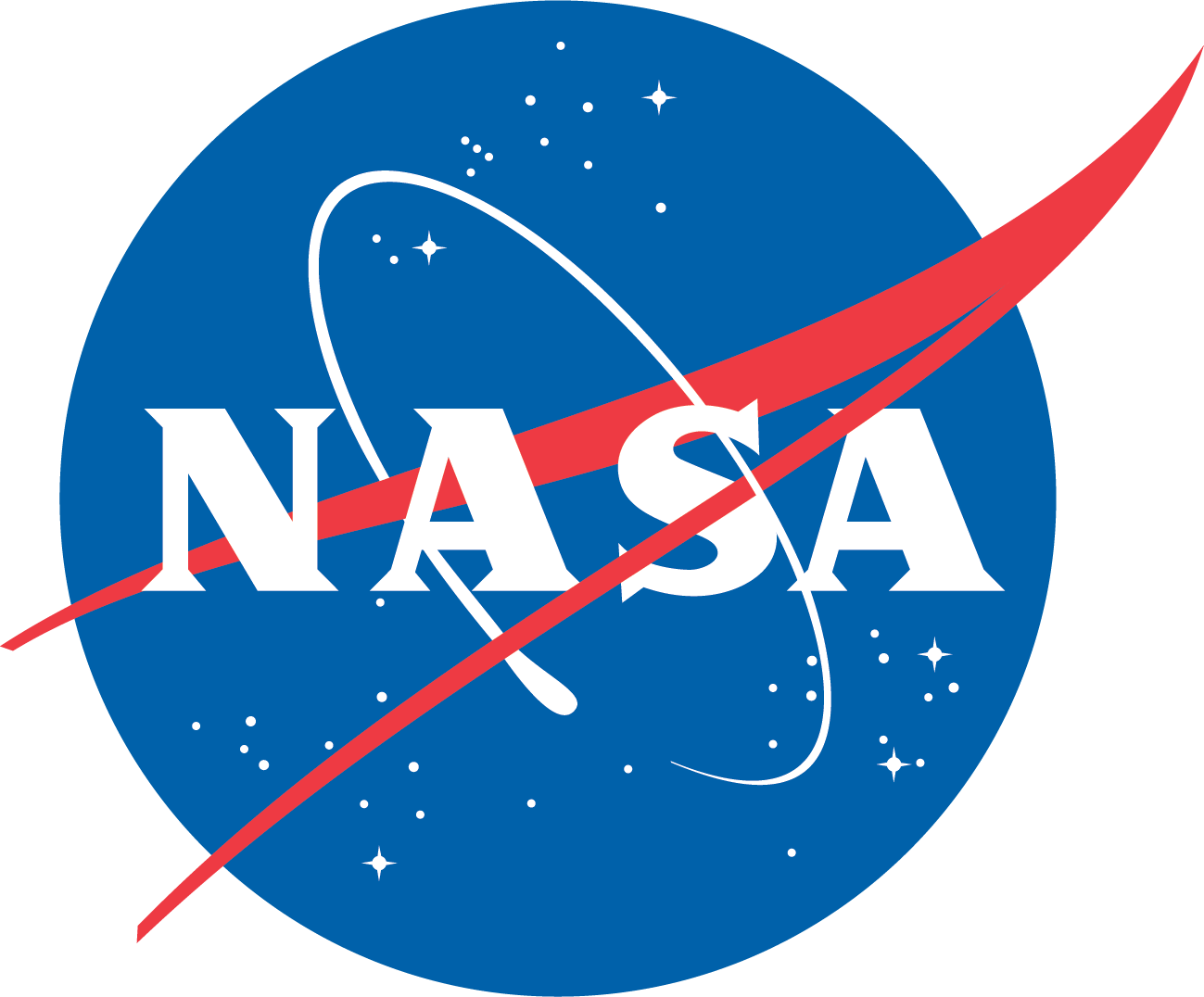Full-time Positions with SACD
We are building the next chapter of American exploration … join our team!
The Systems Analysis and Concepts Directorate’s (SACD) workforce includes civil servants, contractors, and interns. This page provides information about full-time, civil servant positions in SACD.
While student Pathways positions are also civil servant positions and may be full-time, the Pathways program and its nuances are captured in the Internships page.

Why Work for NASA and SACD?
- Meaningful work that makes an impact.
- Flexibility in when and where you work, including hybrid work opportunities.
- Extensive benefits, including a retirement plan and paid parental leave.
- A culture that values safety, integrity, teamwork, excellence, and inclusion.
NASA leads the aerospace industry.
NASA has an illustrious heritage, and we do not rest on our laurels. We are still making giant leaps in aviation and aerospace technologies that improve everyday life on Earth.
Since SACD conducts analysis of advanced aerospace concepts, we touch cutting-edge ideas and help NASA leaders make funding and strategy decisions that affect not just the future of NASA, but also the future of humanity.
At NASA, we never stop learning.
In addition to challenging and meaningful work that is aligned with your interests, we also provide other learning, growth, mentorship, and networking opportunities.
At NASA, our work changes the history of humanity.
Our diverse community is united by a common purpose: to explore the unknown in air and space and inspire the world through discovery. Here, innovation is a staple, teamwork is a must, and everyone’s opinion counts.
In 2023, NASA was named the “Best Place to Work in the Federal Government” by the Partnership for Public Service for the 11th year in a row.
If you want to do amazing work and enjoy real work-life balance, we know you will love it here at NASA.
WATCH: We Are NASA
Where We Work

NASA Langley Research Center is located in Hampton, Virginia, within the Hampton Roads metro area in southeastern Virginia. Unless a SACD vacancy announcement specifically states that it is for remote work, the hired employee must live close enough to commute to the on-site office.
Our civil servants work with their managers to develop a work schedule, depending on personal and work needs. Many work in a hybrid environment: a combination of work days from the office and from home every week.
SACD’s Branches

The Systems Analysis and Concepts Directorate (SACD) is composed of three branches: Aeronautics Systems Analysis Branch (ASAB), Space Missions Analysis Branch (SMAB), and Vehicle Analysis Branch (VAB).
SACD Branch Comparison Tool
| ASAB | SMAB | VAB | |
| In Five Words or Less | The “aero” side of aerospace | The “space” side of aerospace | Both sides of aerospace |
| Work Description | ASAB focuses on creating and assessing advanced aircraft concepts and technologies, and performing portfolio and strategic analysis, to improve aviation connectivity and sustainability. | SMAB enables well-informed decision-making with integrated analysis and assessments of complex space systems, architectures, and portfolios based on benefit, cost, and risk. | VAB focuses its expertise in designing and evaluating revolutionary high speed (Mach 5+) vehicles within, entering, or leaving an atmosphere to enable advances in aeronautics and space exploration. |
| Common Education Backgrounds | -Generalists -BS, MS or PhD in STEM | -Generalists -BS, MS or PhD in STEM | -Specialists / subject matter experts -MS or PhD in aerospace engineering or specialized discipline |
| Why Apply? | Do you have a passion for aviation and want to guide the aviation technology of the future? Then you should apply! | Are you interested in having a direct impact on the direction of space exploration, technology, and/or science? Do you want to work as part of a close knit, highly collaborative team? Then you should apply! | Are you interested in working on really challenging problems? Are you interested in hypersonic, launch, or reentry vehicles? Then you should apply! |
| What Else To Know | ASAB opportunities range in experience and grades, depending on current project needs, typically GS-7+. | SMAB traditionally externally hires full time personnel from GS-7 (~ just completed a Bachelor’s) to GS-13 (~4-10 years experience). | Since VAB is more specialized, VAB usually hires at higher education level than ASAB or SMAB (GS-12+). VAB work may require a security clearance. |
Focus on SACD’s Branches
Aeronautics Systems Analysis Branch (ASAB)
What We Do
ASAB is focused on creating advanced aeronautics concepts and technologies to improve connectivity and aviation sustainability, often requiring development and application of specialized aircraft vehicle and systems performance, design, and analysis tools and capabilities. See more on the ASAB website.
Key Attributes Sought*
- Passion for aeronautics, aircraft
- Big picture or system-level thinking
- Leadership, either demonstrated or potential
- Teamwork
- Lifelong learning
- Strong oral and written communication
- Customer-focused
Commonly Valued Technical Skills*
- Aerospace / Aeronautical Engineering degree
- Systems analysis
- Aircraft design, conceptual and computational modeling
- Technology and portfolio assessment
- Digital and model-based engineering
- Participation in aircraft design competitions
Our Interview Timeline
ASAB interviews are usually conducted one to four weeks after the vacancy announcement closes. The interview round is typically one ~50-minute interview via video call. Candidates will typically receive notice of a decision within eight weeks after the interview.
Questions about ASAB? Contact Branch Head Trish Glaab at patricia.c.glaab@nasa.gov
*The Attributes and Skills shown are NOT applicant requirements. If you feel passionate about applying because of other attributes or skill sets you have, please do so!
Space Mission Analysis Branch (SMAB)
What We Do
SMAB enables well-informed decision-making across NASA’s space portfolio, with a focus on integrated analysis and assessments of complex space systems, architectures, and portfolios based on benefit, cost, and risk. SMAB efforts help inform the direction and priority for NASA for years to come. See more on the SMAB website.
Key Attributes Sought*
- Passion for space
- Big picture or system-level thinking
- Leadership, either demonstrated or potential
- Teamwork
- Ability to communicate
- Customer-focused
Commonly Valued Technical Skills*
- Science mission analysis
- Cost estimation of systems
- Decision analysis or operations research
- Systems engineering, particularly for exploration activities
- Space vehicle, mission, or architecture design projects
- Portfolio analysis, particularly for technologies
- Risk analysis
- Flight mechanics
- Software development or coding
- Data analysis
- System modeling
Our Interview Timeline
SMAB interviews are usually conducted two to three weeks after the vacancy announcement closes. The interview round is one 40-minute interview via video call. Branch leadership will follow up with interviewees once all offers have accepted; this can take weeks to months.
Questions about SMAB? Contact Branch Head Kevin Earle at kevin.d.earle@nasa.gov
*The Attributes and Skills shown are NOT applicant requirements. If you feel passionate about applying because of other attributes or skill sets you have, please do so!
Vehicle Analysis Branch (VAB)
What We Do
VAB projects usually fall under one of two categories: hypersonic vehicles and launch and reentry vehicles. VAB leads conceptual hypersonic vehicle design efforts for the federal government. See more on the VAB website.
Key Attributes Sought*
- Passion for aerospace, aircraft
- Intellectual curiosity and perseverance to tackle challenging aerospace problems
- Confident enough to be self-directed
- Willingness to engage
- Big picture or system-level thinking
- Leadership, either demonstrated or potential
- Ability to collaborate on an interdisciplinary team of experts
- Strong written and verbal communication skills, and ability to present to diverse audiences
- Customer-focused
Commonly Valued Technical Skills*
- Relevant technical experience in your discipline through classwork and/or job experience
- Hypersonic multidisciplinary analysis and design
- Atmospheric flight mission analysis
- Structural analysis of launch vehicles, spacecraft, or high-speed aircraft
- Aerothermal analysis and design
- Flight mechanics analysis
- Uncertainty quantification as applied to vehicle analysis and design
Our Interview Timeline
VAB interview invites are usually one to two weeks after the vacancy announcement closes. The interview round is one 45-minute interview via video call. Candidates will typically receive notice of a decision within eight weeks after the interview.
Questions about VAB? Contact Acting Branch Head David Bennett at David.w.bennett@nasa.gov.
*The Attributes and Skills shown are NOT applicant requirements. If you feel passionate about applying because of other attributes or skill sets you have, please do so!
Additional resources
NASA Recruitment Brochure
NASA Benefits
Top 5 Reasons to Work at NASA
